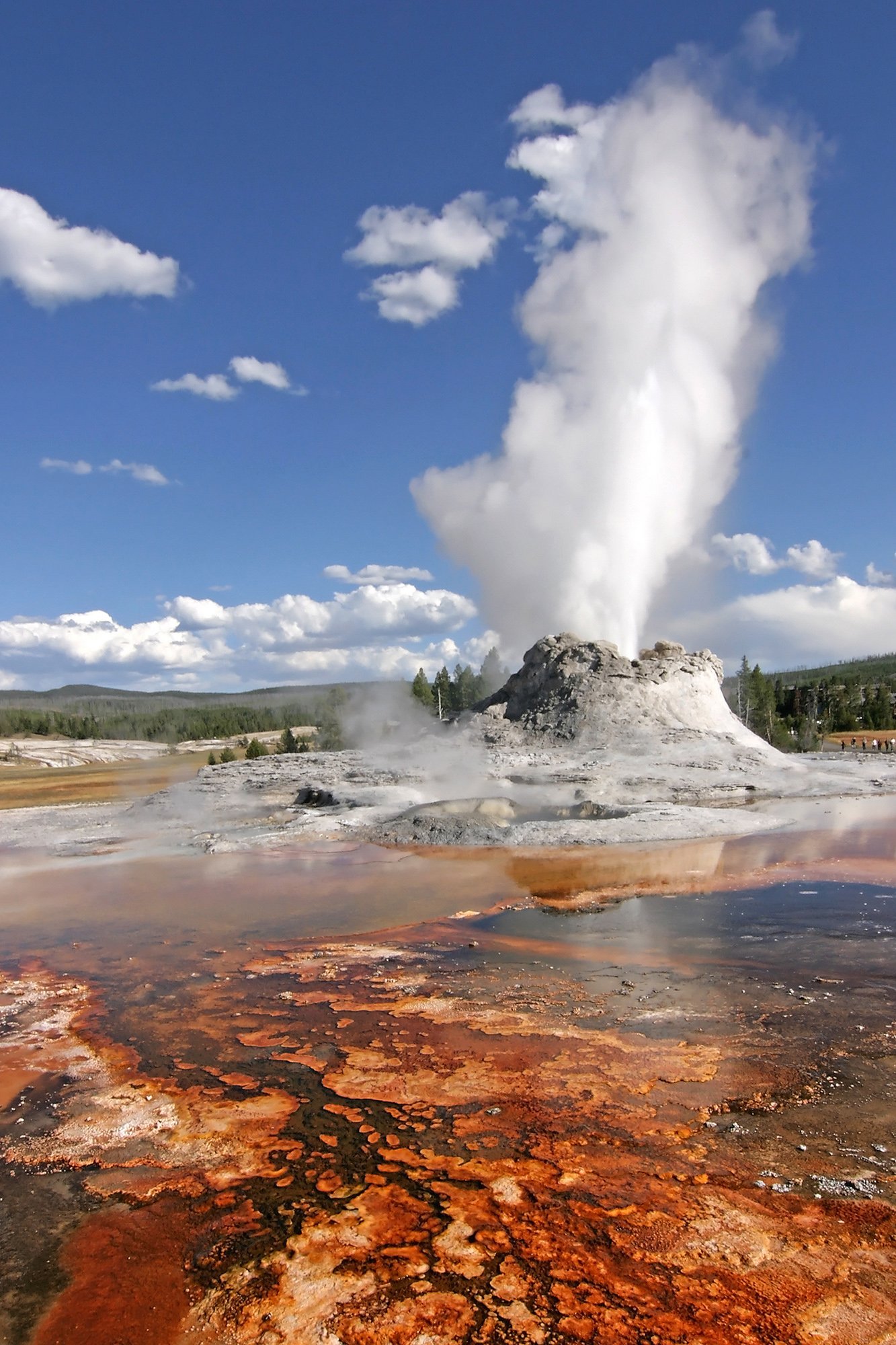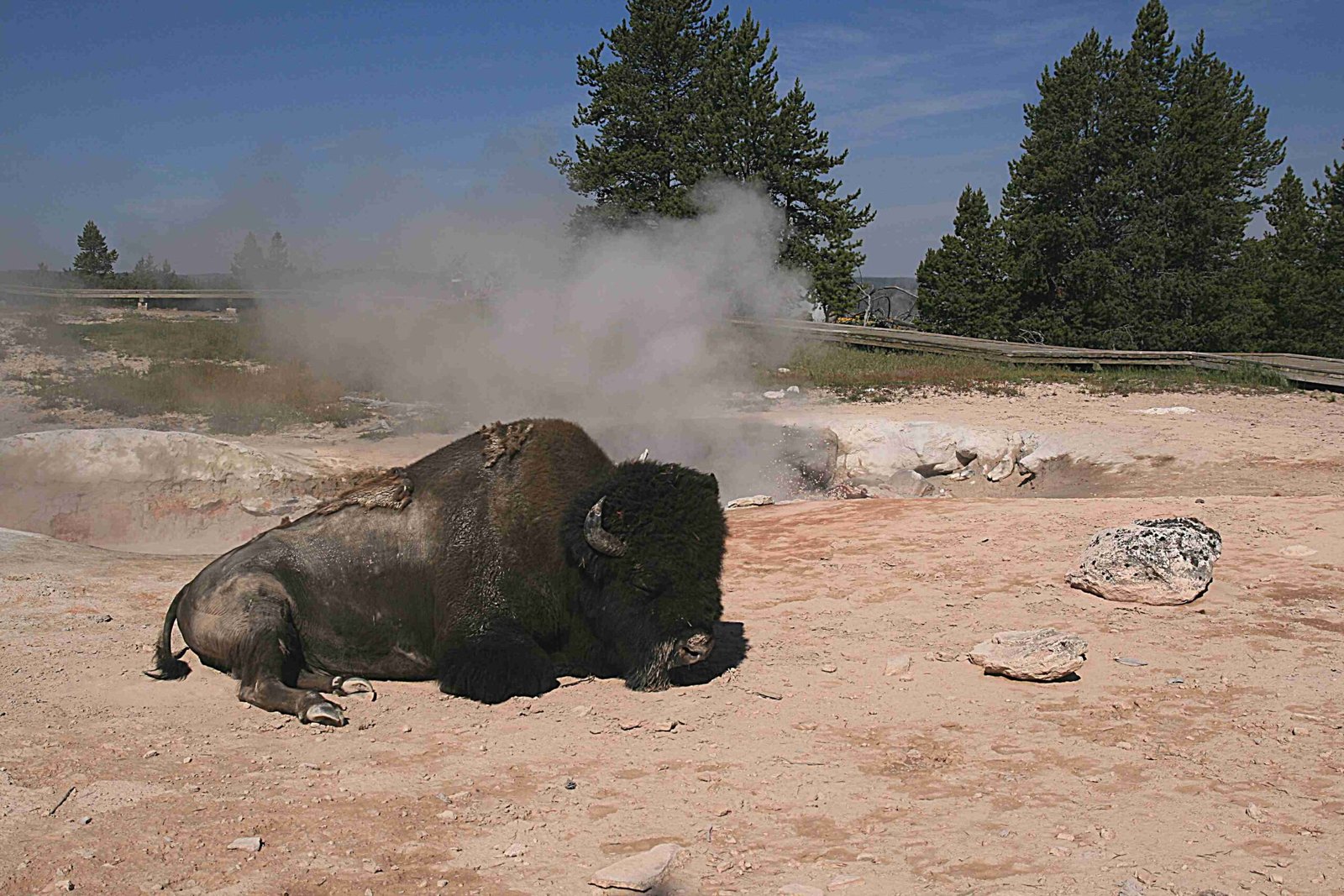The Yellowstone National Park bison management team is a collaborative effort involving multiple federal, state, and Tribal entities. This team operates under the Interagency Bison Management Plan (IBMP) to maintain a sustainable bison population while addressing concerns about disease transmission, property damage, and human safety. The team’s primary goals include population control, relocation strategies, health monitoring, and community engagement.
What Are the Key Objectives of the Yellowstone National Park Bison Management Team?

The Yellowstone National Park bison management team focuses on several crucial objectives:
- Population Control: Maintaining a bison population between 3,500 and 6,000 animals
- Disease Management: Monitoring and controlling the spread of brucellosis
- Relocation: Implementing programs to transfer bison to Tribal lands
- Stakeholder Engagement: Collaborating with various entities and considering public input
How Does the Team Control the Bison Population?

The bison management team employs various strategies to control the population:
- Population Range: The team aims to maintain a bison population within 3,500 to 6,000 animals after calving.
- Population Assurance Threshold: If the population reaches 5,200 bison, management actions are taken to reduce numbers.
- Tribal and State Harvests: Bison that migrate out of the park are subject to hunting in designated areas.
- Bison Conservation Transfer Program (BCTP): This program relocates healthy bison to Tribal lands.
- Tribal Food Transfer Program (TFTP): Brucellosis-positive bison are sent to tribes for food processing.
What Relocation Strategies Does the Team Implement?
The team has developed two primary relocation strategies:
- Bison Conservation Transfer Program (BCTP)
- Prioritizes transferring healthy bison to Tribal lands
- Aims to establish bison herds in 12 different states
-
Captures and holds 100 to 300 bison annually for this program
-
Tribal Food Transfer Program (TFTP)
- Sends brucellosis-positive bison to tribes for food processing
- Helps manage population and reduce disease transmission risk
How Does the Team Monitor Bison Health?
Health monitoring is a critical component of the bison management plan:
- Disease Testing: Bison are tested for diseases, particularly brucellosis, during capture.
- Regular Monitoring: Bison are monitored frequently, especially during capture and transfer processes.
- Health Metrics: The primary focus is on brucellosis incident rates within the population.
What Policies Guide the Bison Management Team?
The team operates under several key policies:
- Interagency Bison Management Plan (IBMP): Sets the framework for bison management
- Federal, State, and Tribal Coordination: Each entity retains authority within its jurisdiction
- Public Input: Consideration of public feedback in management decisions
- Native American Tribal Involvement: Close collaboration with tribes in management actions
Who Are the Key Stakeholders in the Bison Management Team?
The Yellowstone National Park bison management team involves various stakeholders:
- National Park Service
- Montana Department of Livestock
- Montana Fish, Wildlife and Parks
- U.S. Forest Service
- Native American tribes
- Local communities and landowners
What Challenges Does the Bison Management Team Face?
The team encounters several challenges in managing the bison population:
- Limited tolerance areas outside the park
- Concerns about brucellosis transmission to cattle
- Competition with cattle for resources
- Human safety concerns
- Property damage issues
- Balancing conservation with population control
How Does the Team Engage with the Community?
Community engagement is a crucial aspect of the bison management plan:
- Public Comment Periods: Over 27,000 comments were received during the 2023 public comment period.
- Stakeholder Collaboration: Working closely with Native American tribes and the state of Montana.
- Transparency: Regular updates and information sharing through the National Park Service website.
What Facilities Does the Team Use for Bison Management?
The primary facility used by the team is:
- Bison Capture Facility: Located near the northern park boundary
- Used for capturing, testing, and preparing bison for transfer or release
- Key operational site for the Bison Conservation Transfer Program
How Can the Public Participate in Bison Management Efforts?
Public participation opportunities include:
- Attending IBMP meetings (typically free and open to the public)
- Participating in public comment periods
- Staying informed through the National Park Service website
- Supporting Tribal bison conservation efforts
The Yellowstone National Park bison management team plays a crucial role in maintaining the delicate balance between conservation and population control. Through collaborative efforts, scientific monitoring, and community engagement, the team strives to ensure the long-term survival of this iconic species while addressing the concerns of various stakeholders.

